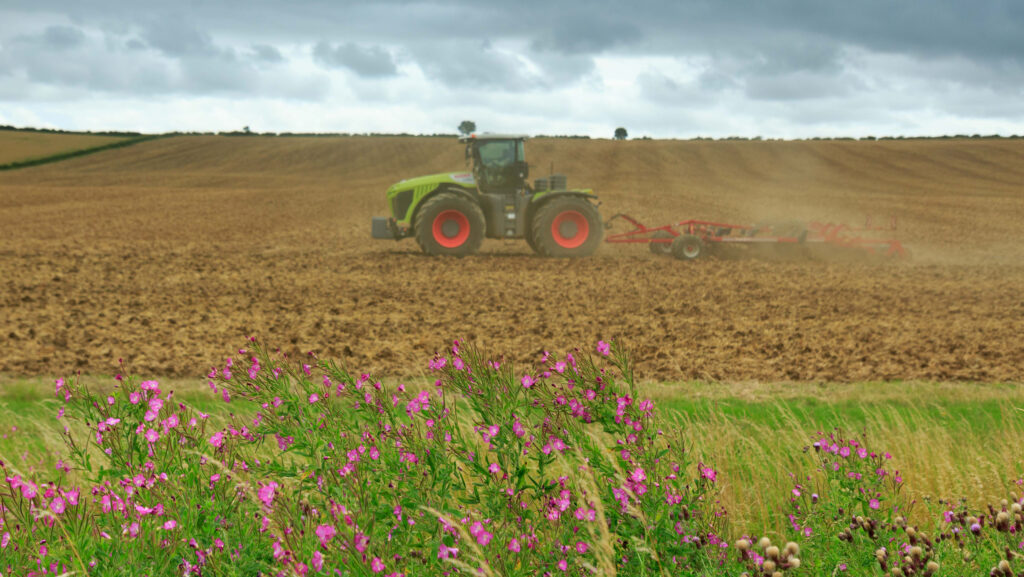Editor’s View: Full bellies abound in debate on food security
 © Tim Scrivener
© Tim Scrivener What is the right amount of food to produce and import to avoid needlessly endangering national security?
There’s rarely been a time when this topic of conversation has been far from the minds of farmers, particularly in the past few years.
If we were given domestically produced food on 1 January and were told it was all we had to survive on for a year, this is the week we would run out of rations, according to the NFU.
See also: Food production at risk due to climate targets, study finds
In its annual reminder on the importance of self-sufficiency, it says that the value of raw food produced domestically has been stuck at about 60% of the total value of raw food purchased for much of this century.
Last year it was at 62%, while in 2005 it was at 60%.
A more positive reading of this statistic would be to note that, in that space of time, UK farmers have more than kept pace with the UK’s expanding population – 62% of the 2023 population (total 66.97 million) is more than 5 million additional people compared to 60% of the 2005 population (total 60.4 million).
But that masks a very mixed picture at an enterprise level. There has been growth in dairy and chicken output, for example, while vegetable production has shrunk alarmingly.
Food security is also food diversity. Can you imagine how it would upend the market if people actually started eating their five a day?
So it was troubling to read this week that Natural England has acknowledged that hitting all of the environmental targets set by the government could slash domestic food production by up to 25%.
Time and again in recent years we have been reminded of the value of home-grown food, particularly during the Covid crisis.
Yet time and again we have also been reminded of the value of strong trade links with food-exporting countries, as it is clearly vital in years such as this one – when the weather takes a toll on milling wheat – that we continue to feed our expanding population.
There are so few parts of the fabric of national security that are not reliant in some way upon another nation.
Even the Royal Navy’s British-made submarines that form part of our nuclear deterrent carry Trident missiles made in California.
Similarly, sectors that perform well in terms of self-sufficiency, such as cereals, remain reliant on imported fertiliser, chemicals and machinery.
Two high-minded desires are on a collision course – the desire to use an ever-greater number of hectares for something other than food production versus a desire to affordably feed an ever-increasing number of mouths.
A drop in production as severe as 25% is clearly something only someone with a full belly could contemplate as sensible – especially when the UK’s population is forecast to rise to 70 million by mid-2026.
It will be very interesting to see how honestly politicians are willing to acknowledge and discuss the trade-offs we face.

